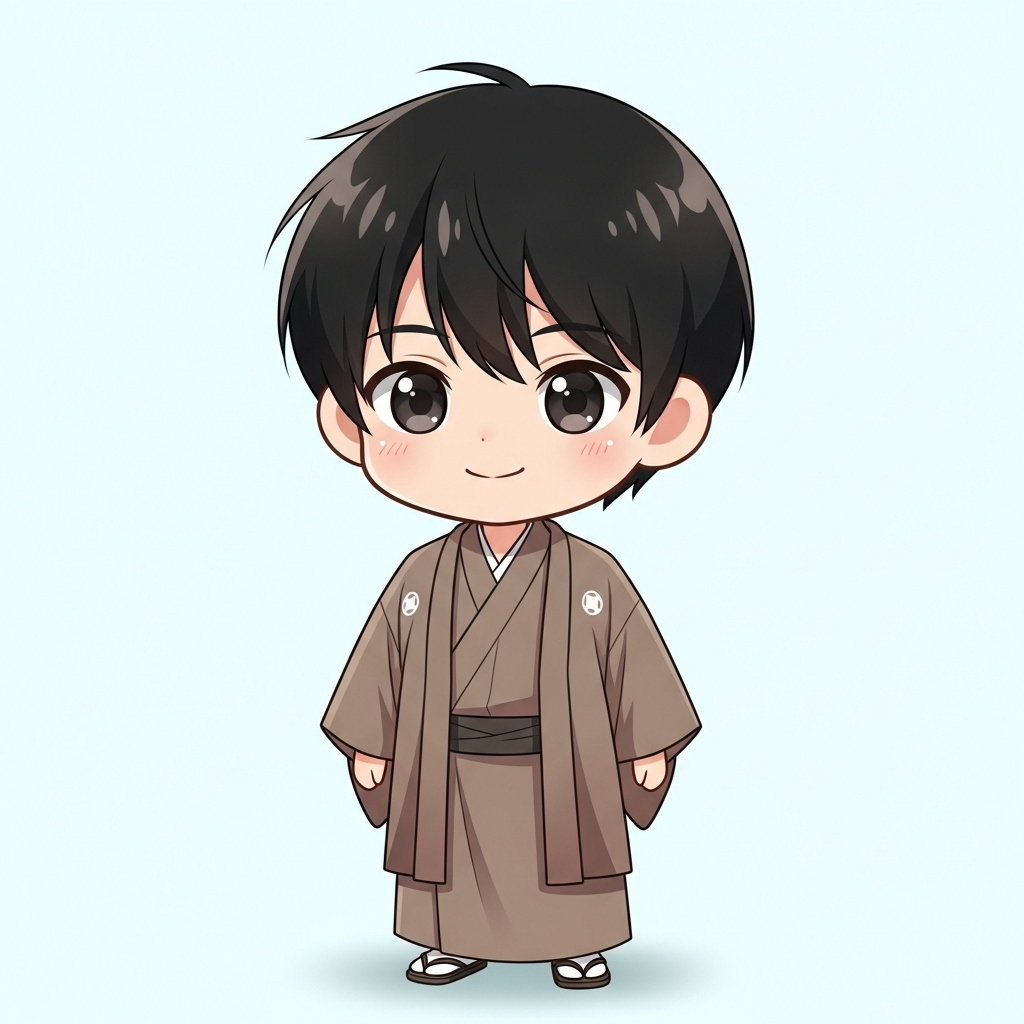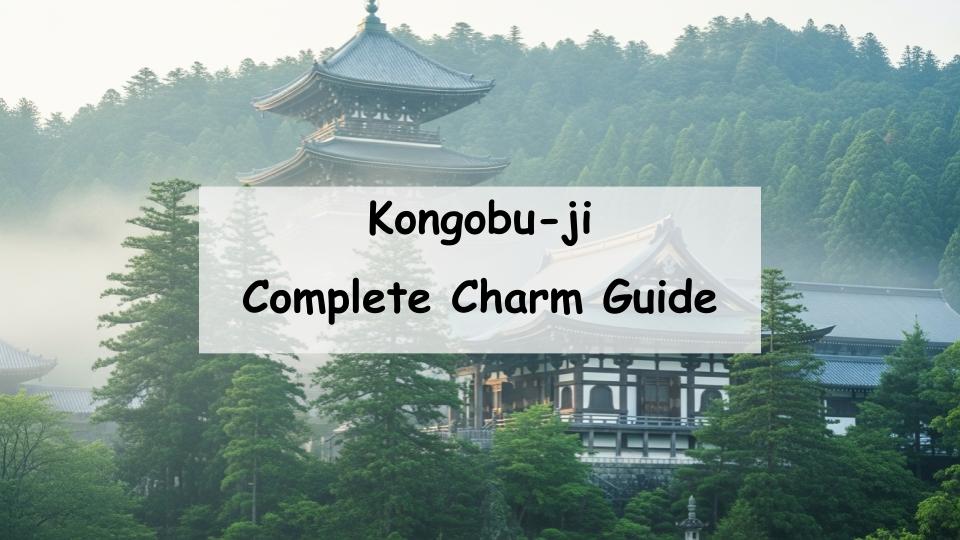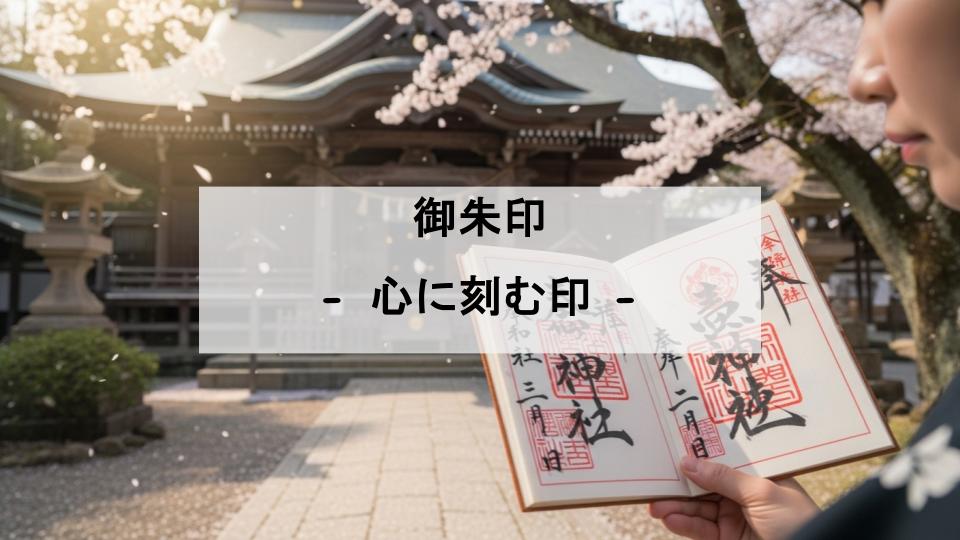If you’re curious about Kongobu-ji Temple and wondering, “What kind of temple is it?”, “What are the main attractions?”, or “How can I get there?”, this article will answer all your questions. Located in Mount Koya, Wakayama Prefecture, Kongobu-ji is the head temple of Shingon Buddhism and a place rich in history and culture. Here, we will explain its historical background, architectural features, must-see spots within the temple grounds, as well as practical access information and tips for visitors. By reading this article, you will gain a comprehensive understanding of Kongobu-ji and be able to plan a fulfilling visit.
- History and Background of Kongobu-ji Temple
- Features and Highlights of Kongobu-ji
- Touring Kongobu-ji: Recommended Routes and Spots
- How to Access Kongobu-ji and Visitor Information
- Important Tips Before Visiting
- Recommended Spots Around Kongobu-ji
- Conclusion: Enjoying and Rediscovering Kongobu-ji
- A Message from the Guide
History and Background of Kongobu-ji Temple
Founding and Origin of Kongobu-ji
Kongobu-ji was founded in 816 by the Buddhist monk Kukai, also known as Kobo Daishi. As the headquarters of Shingon Buddhism, it holds a central position on Mount Koya. The name “Kongobu-ji” means “The Peak of the Diamond Mountain,” symbolizing the firmness and strength of Buddhist teachings.
Role and Significance in Mount Koya
Serving as the religious and administrative center of Mount Koya, Kongobu-ji has long been a spiritual hub and place of training. Successive head priests have managed the temple and the broader Mount Koya community from here, maintaining its vital cultural and religious importance.
Features and Highlights of Kongobu-ji
Architectural Beauty of the Main Hall and Tahoto Pagoda
The Main Hall of Kongobu-ji exemplifies traditional Japanese temple architecture, impressing visitors with its serene and elegant design. The nearby Tahoto Pagoda is also a standout structure, known for its graceful form and spiritual significance.
Unique Fusuma Paintings and Gardens
Inside the temple, you’ll find exquisite fusuma (sliding door) paintings depicting seasonal landscapes and Buddhist themes. The sprawling temple gardens are carefully maintained, offering a peaceful space that harmonizes with nature.
Historical Value of the Temple Lodgings and Gardens
Adjacent to Kongobu-ji are temple lodgings (shukubo) that have served pilgrims and visitors for centuries. The gardens attached to these lodgings are also recognized as culturally significant, reflecting the temple’s rich heritage.
Goshuin Stamps and Buddhist Cultural Experiences
Visitors can collect goshuin (temple stamps) as a memento of their visit. Additionally, experiences such as shakujo (sutra copying) and meditation sessions are available, allowing deeper engagement with Buddhist practices.

I really like the goshuin book I bought at Kongōbu-ji.
Touring Kongobu-ji: Recommended Routes and Spots
Key Points Within the Temple Grounds
The temple grounds are expansive with many attractions. A typical route includes visiting the Main Hall, the Tahoto Pagoda, and the gardens, followed by exploring historical buildings and exhibits that tell the story of Kongobu-ji.
Related Attractions Around Mount Koya
Mount Koya offers more than just Kongobu-ji. Sites such as Okunoin Cemetery and Danjo Garan complex are also popular spots that complement the temple visit and deepen the cultural experience.
How to Access Kongobu-ji and Visitor Information
Access by Train and Bus
Visitors typically take the Nankai Koya Line to Gokurakubashi Station, then transfer to a cable car to Koyasan Station. From there, buses or a walk lead to Kongobu-ji. Public transportation is the most convenient way to reach the temple, especially during peak seasons.
Access by Car and Parking Information
If driving, use the Hanwa Expressway to Koya IC, then proceed about 10 minutes to Kongobu-ji. Parking is limited, so arriving early or using public transport is advisable to avoid congestion.
Important Tips Before Visiting
Visiting Hours and Admission Fees
Kongobu-ji is generally open from 8:30 AM to 4:30 PM, with variations depending on the season. Admission is usually around 500 yen for adults. Checking the official website before your visit ensures you have the latest information.
Best Times to Avoid Crowds
Spring and autumn are popular seasons that attract many tourists. Visiting on weekdays and during early mornings helps avoid the busiest times and offers a more peaceful experience.
Recommended Spots Around Kongobu-ji
Other Temples and Cultural Sites in Mount Koya
Nearby, you can explore other important temples such as Danjo Garan and Okunoin Cemetery, each offering unique historical and spiritual insights.
Local Dining and Souvenir Shops
After your visit, enjoy local specialties like goma tofu (sesame tofu) at nearby eateries. Souvenir shops selling traditional crafts and food items offer great opportunities to take a piece of Mount Koya home with you.
Conclusion: Enjoying and Rediscovering Kongobu-ji
A Visitor’s Guide for First-Time Guests
Kongobu-ji is welcoming and easy to explore even for first-time visitors, with clear paths and helpful information to enhance your experience.
Reasons to Visit Again and Again
The ever-changing beauty of the gardens through the seasons, combined with rich history and cultural experiences, makes Kongobu-ji a place you’ll want to revisit time and time again.
A Message from the Guide

The worship area is very spacious, but be sure to go all the way to the far end of the Oku-no-in and offer your prayers.










Comment